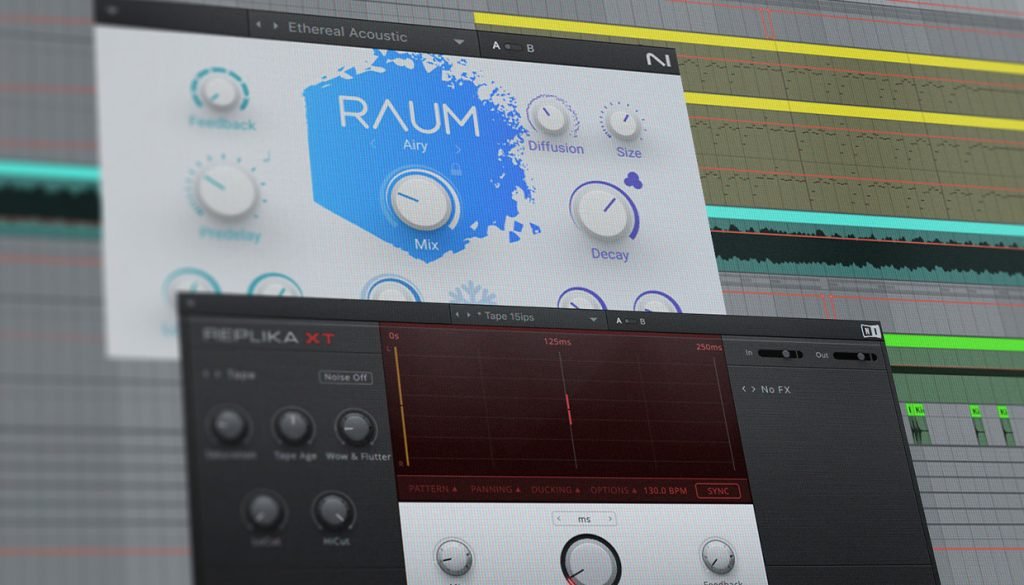Types of audio effects
Audio effects can be broadly categorized into four types: dynamic, time-based, modulation, and harmonic effects. Each type serves a unique purpose in shaping sound.
Effects are best understood when they’re heard so we’ll be comparing sounds with effects on and off. Note that when a sound does not have any effects on it, we refer to it as ‘dry’.
1. Reverb
Reverb (which is short for ‘reverberation’) simulates the natural reflections of sound in a space. It’s the difference between hearing a singer in a small room versus a cathedral. When a recording lacks reverb, it gives us the impression that it exists in a vacuum, which can feel very unnatural. It will be flat, and feel very close to the listener. Adding a bit of reverb will create a sense of depth and dimension.
Let’s listen to what reverb can do to a clap sound. Here is the dry sample with no reverb:

